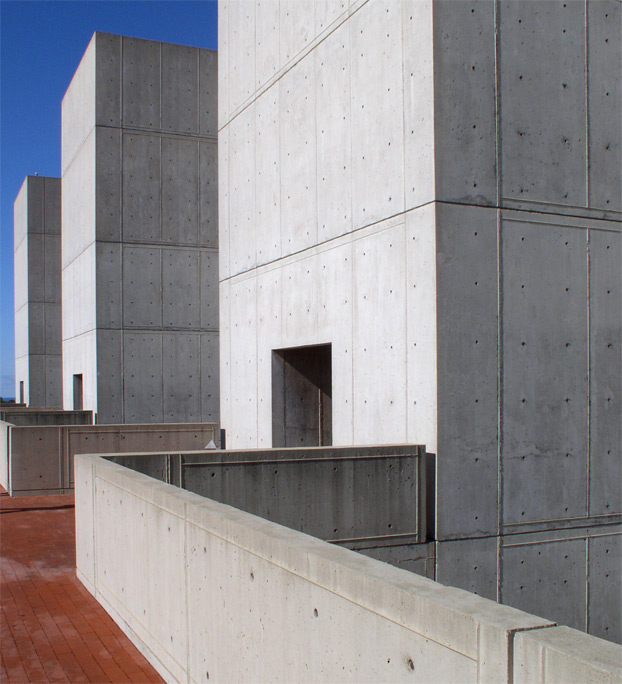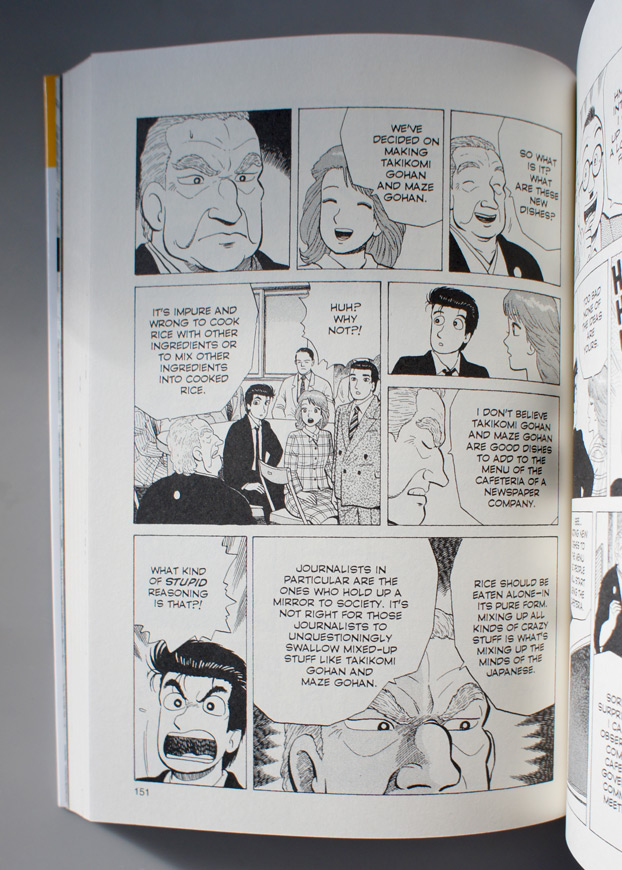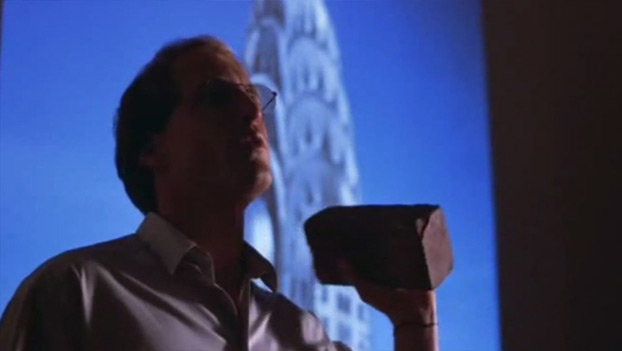Click here for an index of all “Lomo Manifesto” posts.
Two of the stronger ethical tendencies in Architectural Modernism are the honest expression in its use of a material’s innate qualities, and the separate expression of architectural elements with different functions. Adherence to these tendencies qualifies a design as upstanding and its designer as a Pious Modernist. Among mid-Century American architects, no one is associated more strongly with these interrelated tendencies than Louis I. Kahn, whom I deem, setting aside any political correctness, the godfather of Kosher Modernism.
Lou Kahn is best remembered in popular culture both as an adulterer who died alone in Penn Station and as the subject of an inspiring lecture delivered at SCI-Arc by Woody Harrelson in the role of a washed-up architect picking up the shattered remains of his life in the wake of having prostituted his wife for a million dollars in the film, Indecent Proposal. The Harrelson lecture, referencing Kahn’s call to honor and glorify the brick, takes Kahn’s ethical imperative about honesty and respect for a material’s unique characteristics and extracts from it the lesson that “even a common ordinary brick wants to be something more than it is, wants to be something better than this. That is what we must be.”

It is no more than vaguely anti-Semitic speculation on my part to ponder a causal link between Kahn’s Jewish background and his architecture, but there is nevertheless a general analogy between the ethical restrictions of Kosher dietary laws and the imperatives of Architectural Modernism. There is also a specific analogy between the restriction in the Kosher rulebook against mixing meat and dairy, and an architecture in which “Servant” and “Served” spaces are rigorously distinguished and in which a concrete guardrail must be physically separated from an adjoining concrete wall in order to show respect for the distinction between the separate function of each.

Kosher dietary practice does not have a monopoly on this kind of reasoning – the storyline of the “No Mixing” installment of the Japanese manga book, Oishinbo, deals with the perceived moral hazard of mixing other foods into rice.
The acknowledgement of a Kosher Modernism of respect for inherent qualities and the distinctions between them implies the existence of an Unkosher Modernism of material dishonesty, in which some materials may impersonate others, and typologically different components are given the same expressive treatment. The comparison suggests the moral profligacy of an architecture that employs such tactics, in pursuit of either expediency or effect. The Hughes Market (now Ralph’s) at the corner of Ventura Boulevard and Coldwater Canyon Avenue in Studio City is an example of such an architecture, in which wall and roof, which must resist structural forces and moisture intrusion differently and are constructed differently as a result, masquerade as one thing in order to render the expression of wall and roof as one monolithic enclosing wrapper.

The Hughes Market, with considerable effort of detailing, deliberately plays with the categories of “wall” and “roof” in order to achieve a diagram-like expressive effect. Although Unkosher in failing to respect the distinction between wall and roof, this type of elision of categories is equally a reflection of a Modernist rationale. Despite inverting the Kosher logic, this deliberate, engaged effort to express distinct components as belonging to the same category shares a common Modernist denominator with the Kosher approach: a design process based on a conception of the finished product as an assembly of constituent categories of components.

Without wishing to disparage the potency of the Kosher approach nor of Lou Kahn (in my opinion, the foremost High-Modern American architect of the 20th Century), as author of The Lower Modernisms I duly advocate for the low, underdog merits and underhanded tactics of an Unkosher Modern Architecture, which in pursuit of expedient effects proceeds according to a Chaotic Neutral alignment, commits petty crimes of convenience, and just doesn’t give a fuck.
***
Bibliography:
Kariya, Tetsu (story) and Akira Hanasaki (Art). Oishinbo á la Carte: The Joy of Rice. San Francisco: VIZ Media, 2009.

Leave a Reply